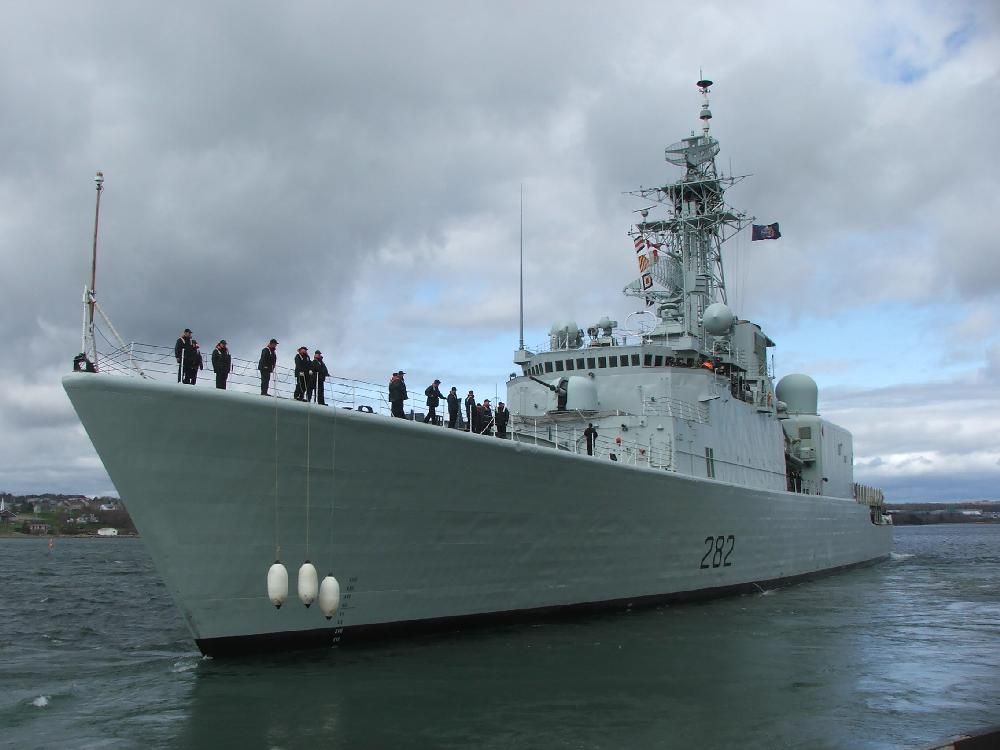The 76mm guns from the Iroquois-class were put up for sale, but does anyone know if the SM-2 stocks were retained? Although buying new SM-2MR Block IIIC closer to when the CSC actually arrive might be more efficient than having to safely store old SM-2 for years and having to upgrade them to Block IIIC. Similarly, since the SM-6 is undergoing a major update to move from a 13.5" rocket motor to a 21" rocket motor, it'd be best to wait for SM-6 Block IB to be operational before buying.

SM2 missiles removed from HMCS Athabaskan – Navy looking at keeping launchers for possible use on Canadian Surface Combatant
In late September I had an article about the Royal Canadian Navy examining whether to strip down its Iroquois-class ships for systems that could be used in the futu…
Doesn't sound like the SM-2's were retained, but there's not a lot of info out there.
Good info from the job posting... it's been a bit frustrating waiting to hear on what type and how many missiles these frigates will have so we rely on these little breadcrumbs to get by as we wait!

